Optimal Timing for Masonry Stainings
Masonry stainings are most effective when performed under optimal weather conditions to ensure proper adhesion and durability. The ideal time depends on climate, temperature, and humidity levels, which influence the staining process and the longevity of the finish.
Spring offers moderate temperatures and lower humidity, making it suitable for masonry stainings. These conditions help the stain penetrate properly and cure evenly.
Fall provides cooler temperatures and less direct sunlight, reducing the risk of rapid drying or uneven absorption during staining.
Staining should be avoided during periods of heavy rain, freezing temperatures, or high humidity to prevent issues like peeling or incomplete curing.
The best temperature range for masonry stainings is generally between 50°F and 85°F (10°C to 29°C). Temperatures outside this range can compromise adhesion and drying times.
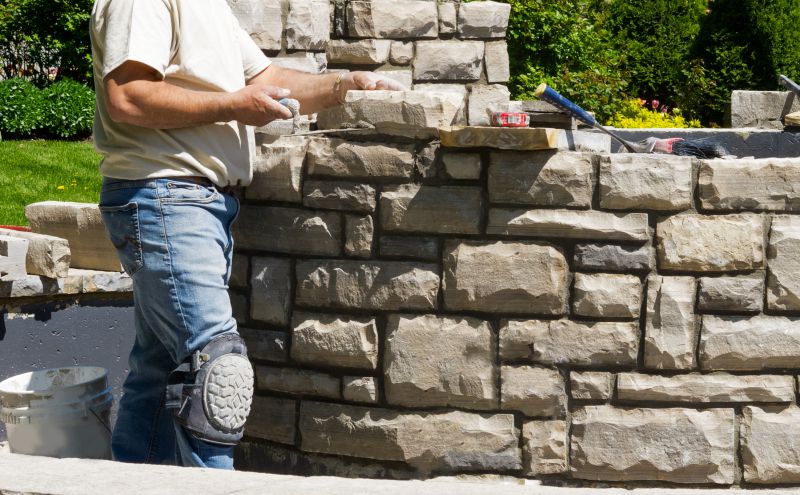
Ways to make Masonry Stainings work in tight or awkward layouts.
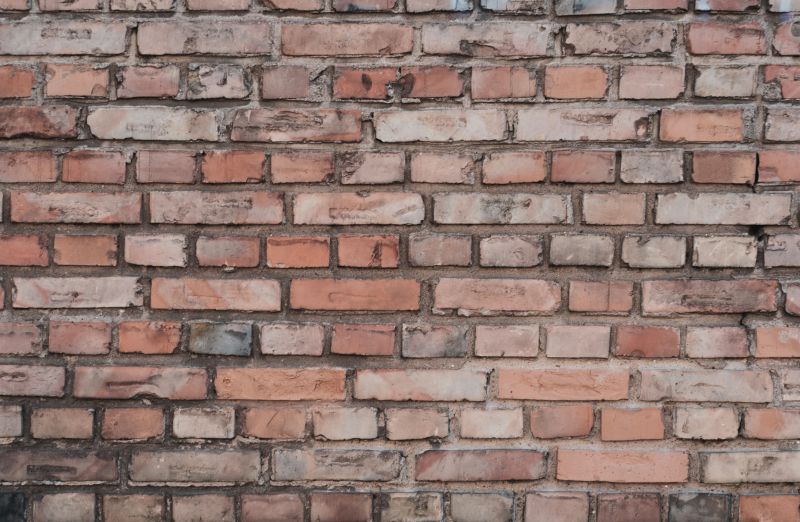
Popular materials for Masonry Stainings and why they hold up over time.

Simple add-ons that improve Masonry Stainings without blowing the budget.
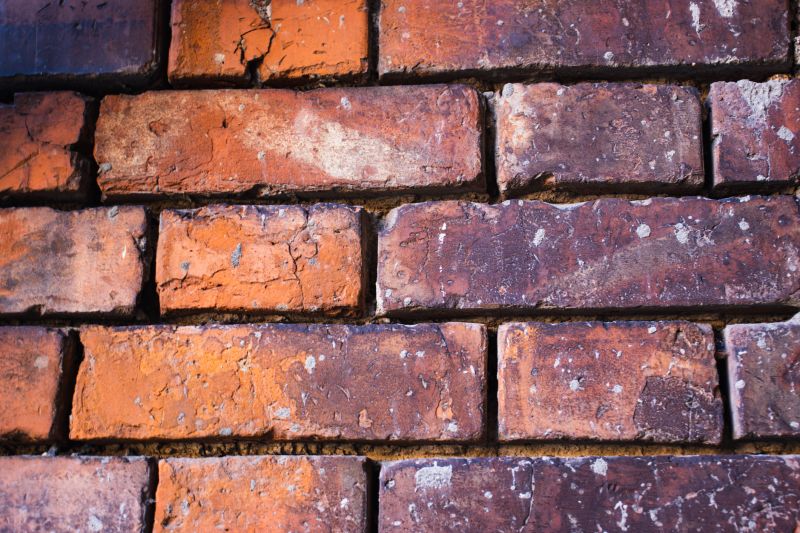
High-end options that actually feel worth it for Masonry Stainings.
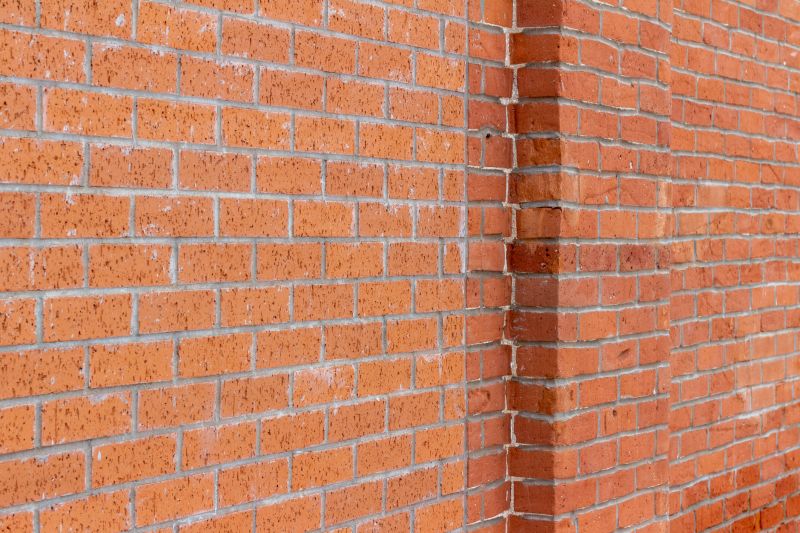
Finishes and colors that play nicely with Masonry Stainings.
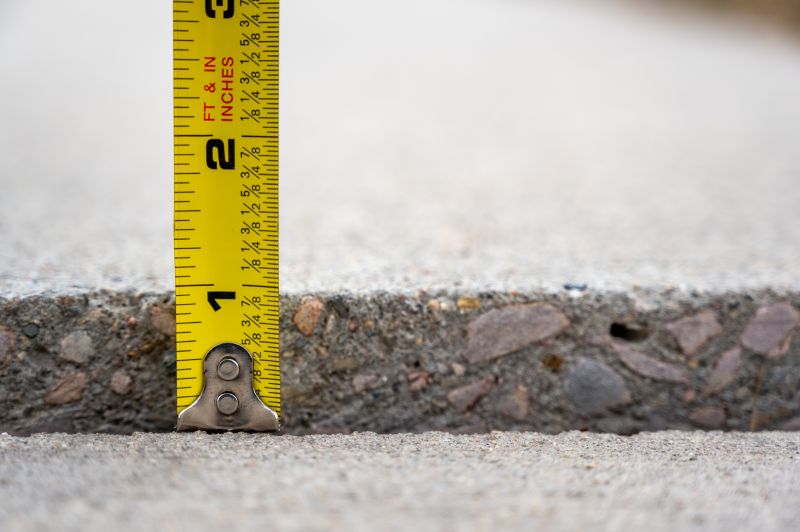
Little measurements that prevent headaches on Masonry Stainings day.
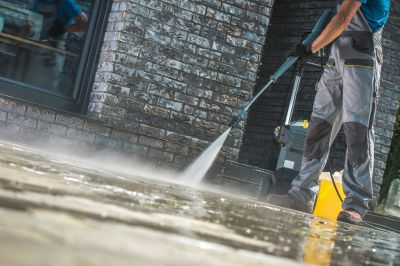
A 60-second routine that keeps Masonry Stainings looking new.
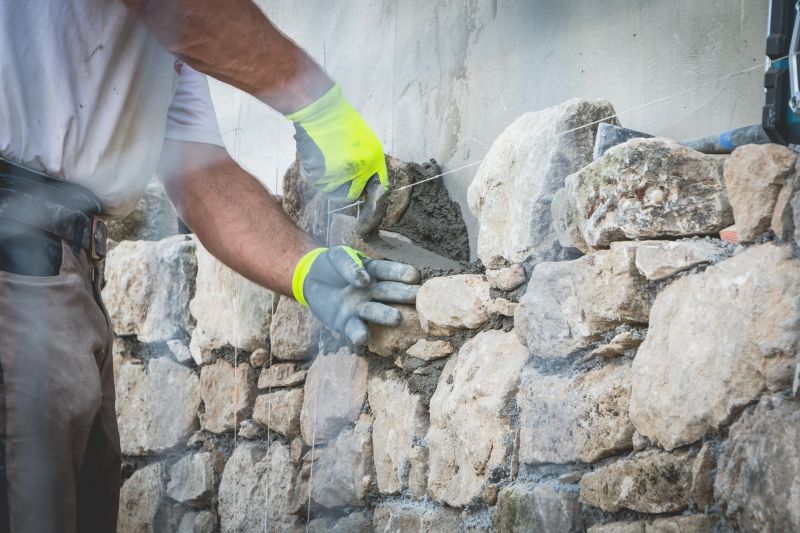
A frequent mistake in Masonry Stainings and how to dodge it.
| Season | Recommended Conditions |
|---|---|
| Spring | Moderate temperatures, low humidity, dry days |
| Summer | Early morning or late afternoon to avoid heat stress |
| Fall | Cooler temperatures, low humidity, dry weather |
| Winter | Not recommended due to freezing temperatures and moisture risks |
| General Advice | Schedule during weather windows with several consecutive dry days |
Masonry stainings involve applying protective or decorative finishes to masonry surfaces such as brick, stone, or concrete. Proper timing ensures the stain adheres correctly and maintains its appearance over time. Weather conditions significantly impact the staining process, affecting how the stain penetrates and cures. Ensuring appropriate temperature and humidity levels reduces the risk of issues like peeling, uneven coloration, or incomplete curing.
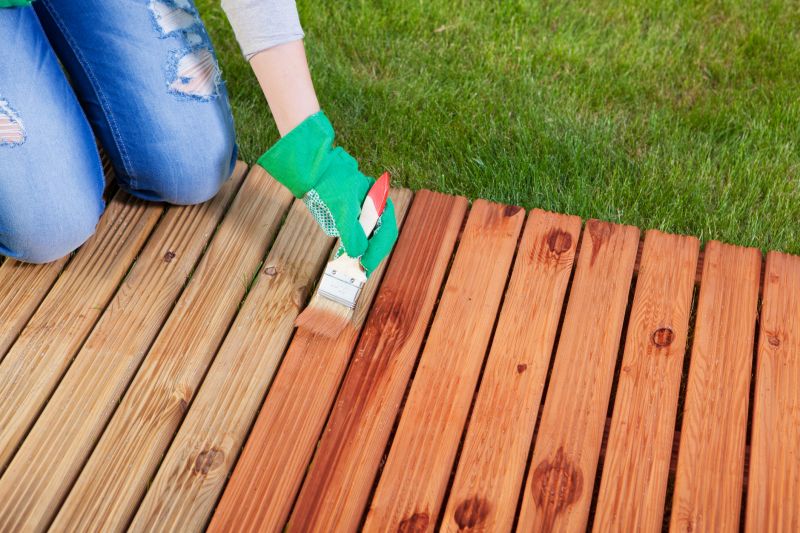
Small tweaks to make Masonry Stainings safer and easier to use.
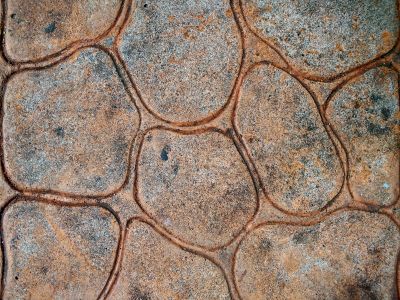
Lower-waste or water-saving choices for Masonry Stainings.
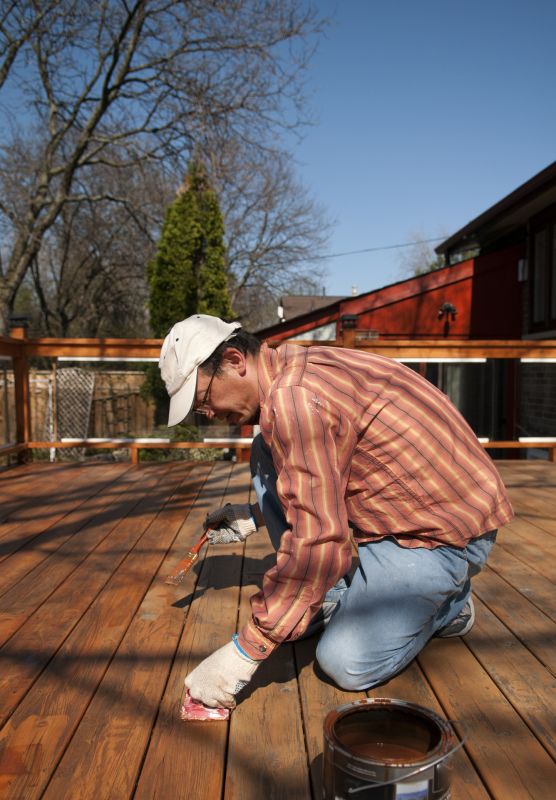
The short, realistic tool list for quality Masonry Stainings.

Rough timing from prep to clean-up for Masonry Stainings.
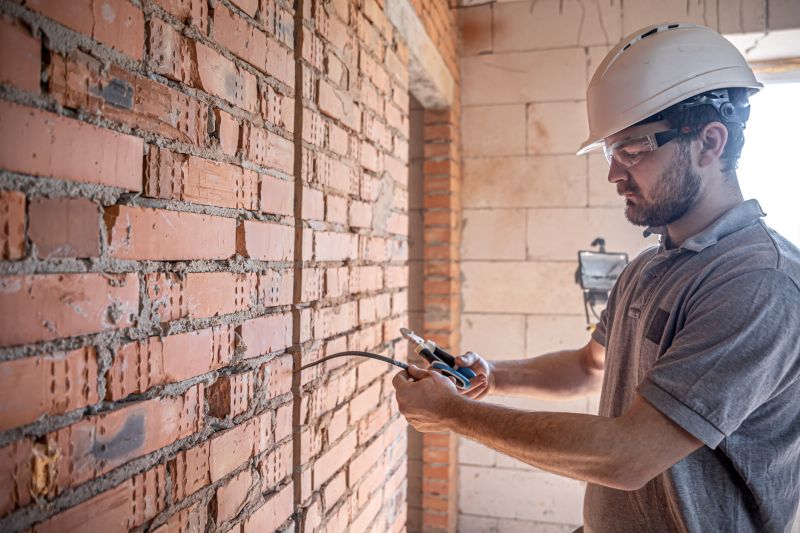
Quick checks and paperwork to keep after Masonry Stainings.
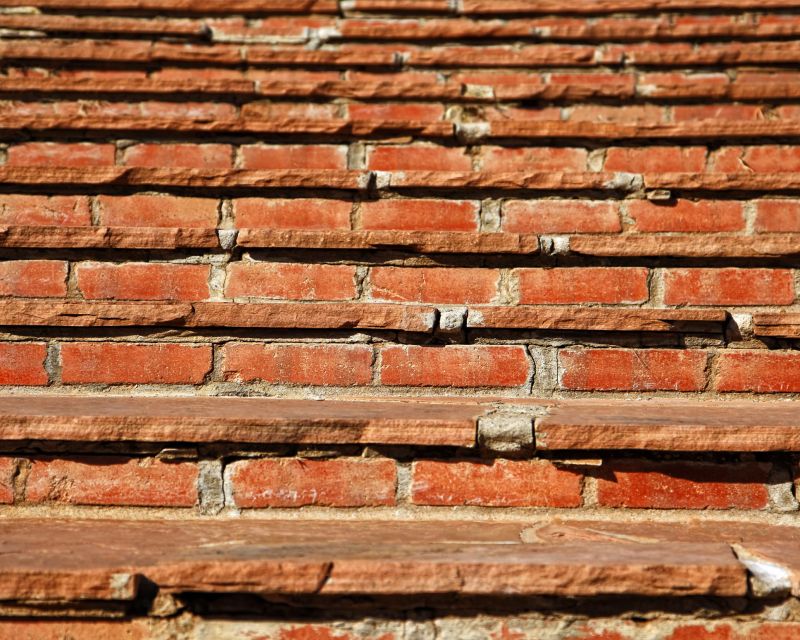
Examples that show the impact a good Masonry Stainings can make.
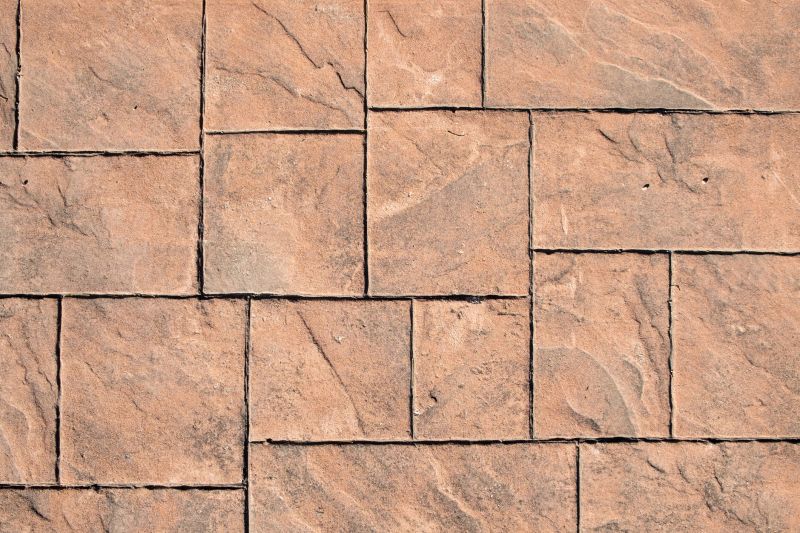
Ways to make Masonry Stainings work in tight or awkward layouts.
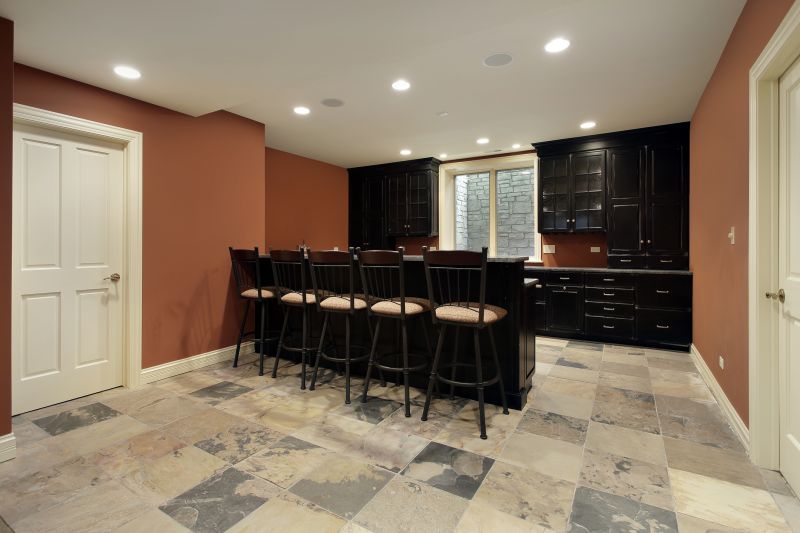
Ways to make Masonry Stainings work in tight or awkward layouts.
Interested in scheduling masonry stainings? Filling out the contact form provides the necessary details to plan the project during the most suitable weather conditions. Proper timing enhances the durability and appearance of the stain, ensuring a long-lasting finish.
